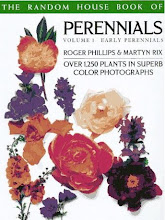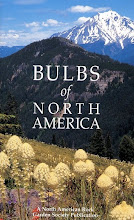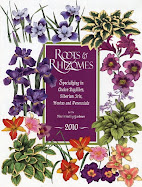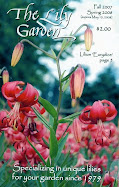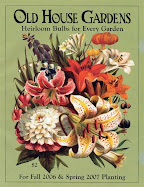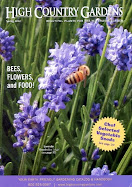Thickets are mysterious: dense, dark & impenetrable. They harbor wildlife, heard yet unseen. They are low-maintenance, best left unpruned & unwatered. Thickets may take the place of a bosque where height is restricted.
1 Define a space in your garden. Thickets are easy to maintain, so this can be a fairly large space. A thicket should cover a space at least 10 feet in each dimension. Thickets can be used as screens 10 feet wide.
2 Choose small deciduous trees, shrubs & ferns. A thicket should consist of plants that tolerate both sun & shade. The center of a thicket becomes densely shaded, while the south & west edges can be very sunny. Choose both evergreen & deciduous shrubs.
3 Buy lots of compost. You can order it by the truckload from Cedar Grove, or buy it in bags. Cover the garden site 2 feet deep. Plant in the compost.
4 Buy the plants. No single nursery will have all of the plants you want & need. Call around. Look in the phone book under Nurseries.
5 Space the plants at appropriate distances. Find out how big these plants will get. Plant them closely enough that the branches will interlock, but not so closely that they are crowded. 3 to 5 feet apart is good for most shrubs, 7 to 10 feet apart for trees.
6 Plant shady, drought-tolerant groundcovers under shrubs.
7 Cover open ground with mulch. Buy shredded bark. Use mulch from your compost pile or worm bin. Keep mulch under 2 inches deep.
8 For the 1st few years, water regularly during summer. Pull out weeds. Replace dead plants. Prune lightly around the edges, or not at all. Continue to watch for invasive plants like Blackberry, Holly & Ivy.
Plants for Thickets
Small Trees: deciduous, except as noted
Acer circinatum (Vine Maple)
Amelanchier alnifolia (Saskatoon)
Corylus cornuta californica (Hazel)
Ficus carica (Fig)
Prunus ilicifolia (Hollyleaf Cherry): evergreen
Sorbus forrestii (Mountain Ash)
Shrubs: for sun or shade
Arbutus unedo ‘Compacta’ (Compact Strawberry Tree)
Gaultheria shallon (Salal)
Holodiscus discolor (Oceanspray)
Mahonia aquifolium (Oregon Grape)
Oemleria cerasifera (Indian Plum)
Pieris japonica (Lily of the Valley Shrub)
Ribes sanguineum (Flowering Currant)
Styrax redivivus (Snowbell)
Vaccinium ovatum (Evergreen Huckleberry)
Ferns & Groundcovers: for shade
Athyrium filix-femina (Ladyfern)
Dicentra formosa (Bleeding Heart)
Fragaria vesca (Woodland Strawberry)
Maianthemum dilatatum (False Lily of the Valley)
Oxalis oregana (Redwood Sorrel)
Polystichum munitum (Swordfern)
Design for a Thicket
Trees
ACE = Acer circinatum
AME = Amelanchier alnifolia
FIC = Ficus carica
SOR = Sorbus forrestii
Shrubs
ARB = Arbutus unedo 'Compacta'
GAU = Gaultheria shallon
HOL = Holodiscus discolor
M1 = Mahonia aquifolium
M2 = Mahonia repens
PIE = Pieris japonica
RHO = Rhododendron
RIB = Ribes sanguineum
STY = Styrax redivivus
VAC = Vaccinium ovatum
Fern
POL = Polystichum munitum



































































